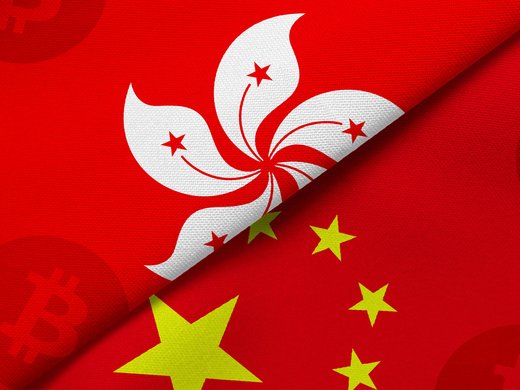For the past two weeks, I have been a guest of the Bank of Finland’s Institute of Economies in Transition (BOFIT) where I am involved in projects studying the development of China’s financial markets and whether economic growth rates in Asia’s emerging markets, among other countries, have de-coupled from growth in the advanced economies of the world (my presentation is available here).
Lost in the continuing saga of the euro area crisis is the fallout from an event whose origins go back at least to September 2011. In the midst of an election campaign, Finland demanded that Greece put up collateral in exchange for its share of the bailout money — Slovakia originally did the same. In spite of the outcry from many others in the euro area, the demand was never dropped.
One is hard pressed to find much about the issue in the North American press even after the country veered towards a somewhat more conservative government and the Finnish Parliament approved the Greek bailout plan (by a vote of 111 for to 72 against) — see, for example, this New York Times article from last August.
Nevertheless, the Finnish government, while agreeing to the lending facility through the European Financial Stability Facility (EFSF), insisted on the collateral requirement. Only in the last few days has it emerged that an agreement, only partially made public, was reached on the terms of this collateral requirement. Finland’s share (1.9248 % [yes, they include up to 4 digits in these types of calculations]) of the EFSF’s "Stability Facility" means that Greece agreed to pay Finland a total of 311 million euros in collateral.
So why has there not been a rush by other EU member states to enter into a similar arrangement? The price for this guarantee is not only a one-time payment by Finland into the new European Stability Mechanism (ESM) which comes into being next year. Other participants are permitted to pay their shares into the fund in five installments over the next five years. Moreover, any payout in the event of default will take place over a very long period of time (15–30 years). Politically, the government may have felt it necessary to enter into such an arrangement to protect its right flank. In other words, the other members of the euro area made sure the apparent guarantee is as unattractive as possible for anyone in the future contemplating such an idea.
This is yet another example of how Europe moves forward towards greater integration. Other states, understandably worried over other such demands, have managed to generate sufficient agreement to prevent a single member state from obtaining yet another exception to rules, here the Greek bailout and future bailout mechanisms. Of course, plenty of exceptions to the rules of EU membership exist, such as: the UK and Denmark opting out of the euro; Sweden’s similar view about interpretation and how to sidestep joining the common currency; the uncertain timeline to euro area membership for countries that joined in 2004 (such as the Czech Republic, Hungary, and Poland); and too many others to mention. This is why, as I pointed out in an earlier post, it is best to "think slow" about European integration. The current crisis will not be solved anytime soon without hitting several other bumps along the road including a smattering of other "exceptions" — also known in Euro-speak as "derogations" — on the way to a more harmonious Union.


